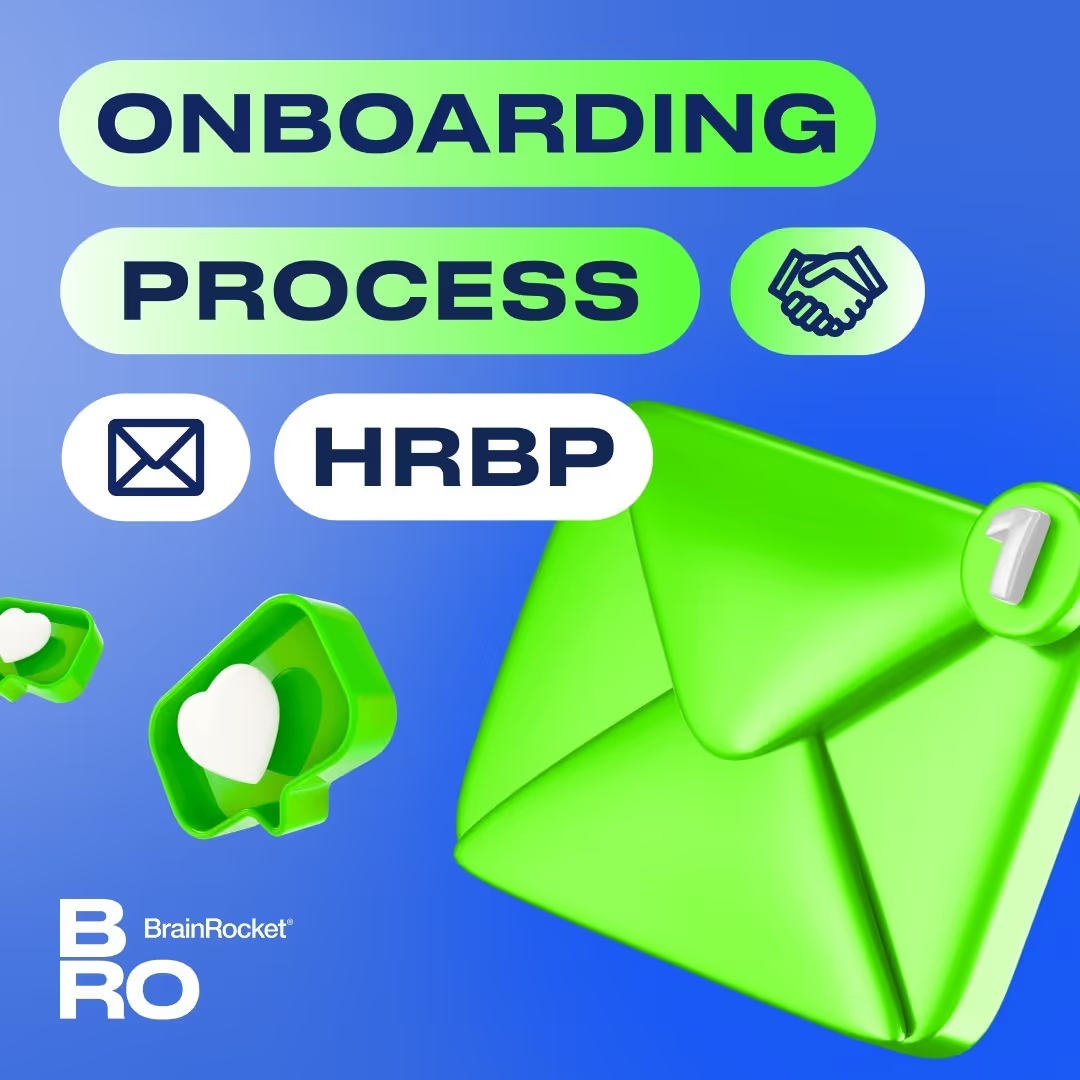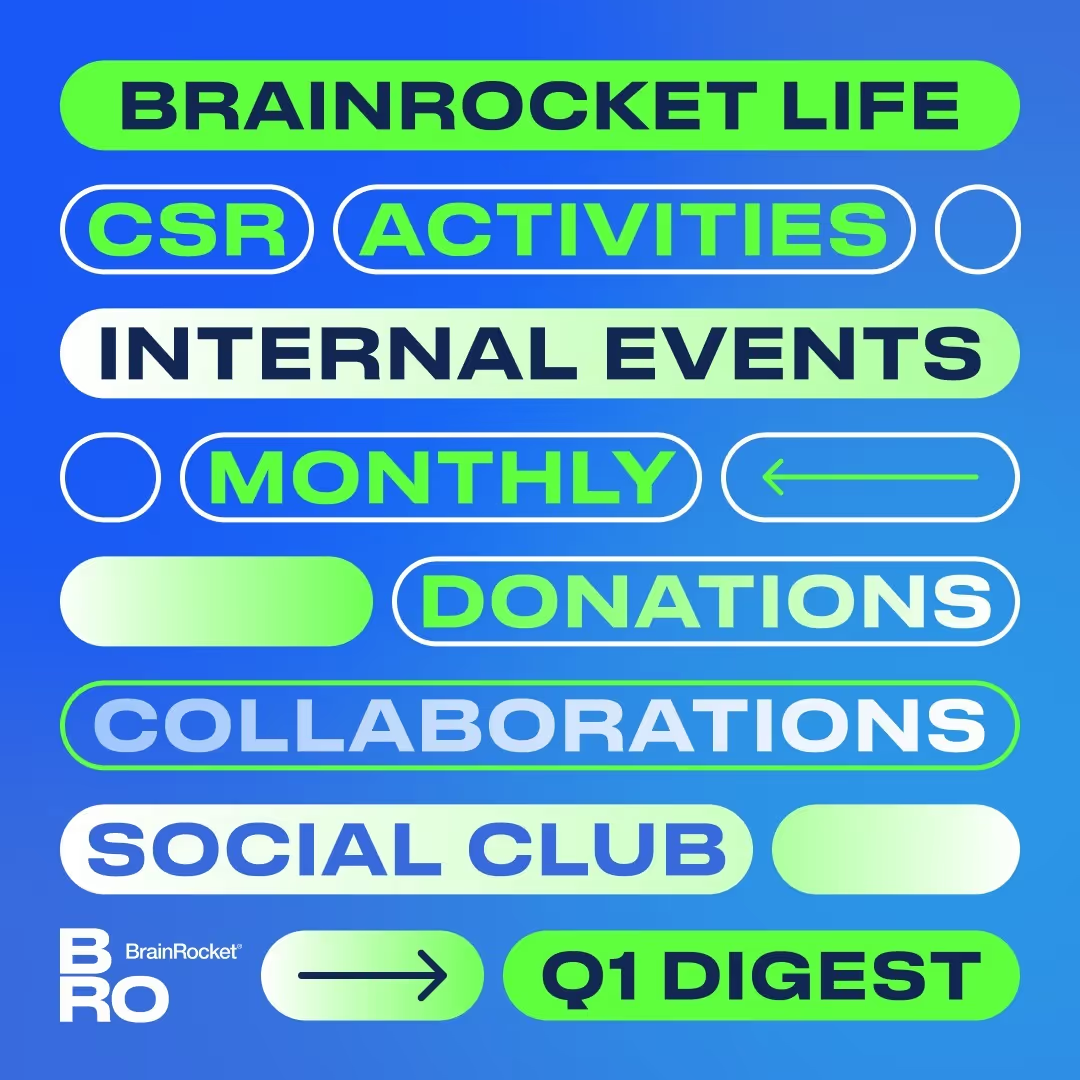When going for a profession in software testing, you are likely to begin as a manual tester. This is just one of the many options out there in the world of software development. Another option that is sometimes considered is automation testing.
The current knowledge and quality assurance-focused attitude established in manual software testing still apply to automation testing. For this reason, if testers improve the existing testing methods, it will be a step in the right direction for both forms of testing.
However, conducting tests manually involves a large amount of routine work that is challenging. At the same time, with this large volume of work comes a greater possibility of human error when tests are executed manually, and automated tests usually work well unless they are coded incorrectly. Thus testers tend to shift to automated testing.
Here are some tips from BrainRocket that will help with transitioning successfully from manual to automation testing.
1. Pick up a Programming Language
In today's world, it is widely known that most testers have limited code knowledge. However, if you go for an automation tool, you'll need to understand the programming language that is connected to that particular tool.
Comprehending a programming language will thereafter be a notch in your belt! On top of that, automation tools also reinforce several other languages so it is helpful to upskill, learning programming languages such as Java, Python, and others.
2. Discover Suitable Tools or Schemes
The procedure for selecting the best tools requires that you keep your resource availability and testing targets in mind. You should then make use of the checklist of questions below to help you choose:
- Does the tool have the required features and support native integration with your pipelines?
- Is the tool flexible for both manual/automated QAs and Devs?
- Will there be informative technical support when required?
- Is the tool simple to maintain scripts and reuse test resources?
- Is the tool suitable for your budget?
3. Start Small
The smaller your test cases are, the simpler they will be to debug, support, and reuse. Make sure to keep them independent and defined, making them straightforward to analyse and share in reporting. You will also have to prioritise which tests should be automated. Just because you are new to automated testing does not mean you should make use of it in everything you do. It's nearly impossible to automate everything, and many things are more acceptable being done manually.
With test automation, testers have more time for edge cases, product managers can reach their deadlines, and consumers have an end product which is polished. For manual-to-be-automation testers, the advantages of test automation are even more meaningful with a practical tool.
Shifting from manual to automation testing can be a complex long-term procedure. That is why BrainRocket collected these tips to steer you in the right direction. This acts as a basis helps you to avoid mistakes and transition successfully.































































































